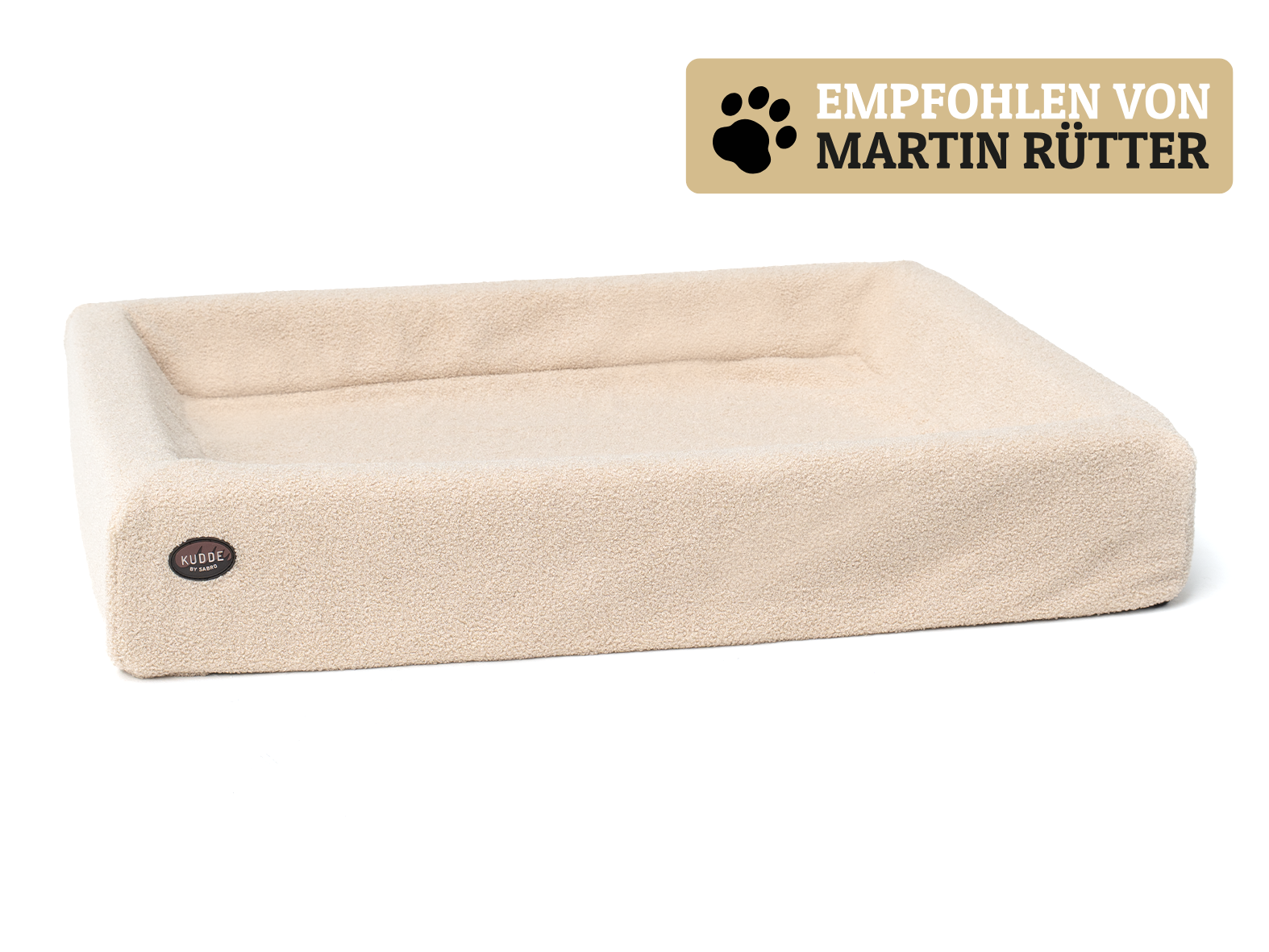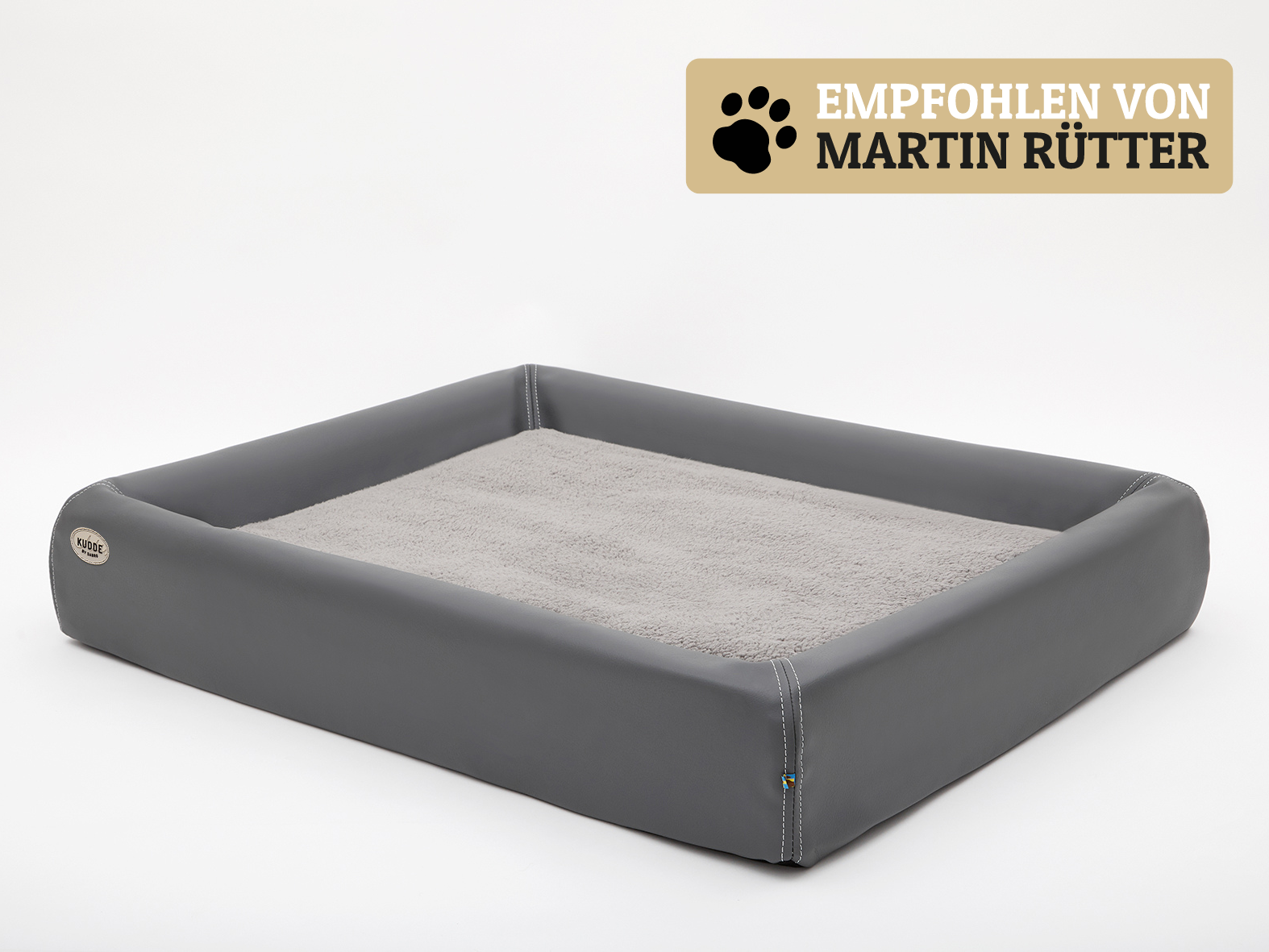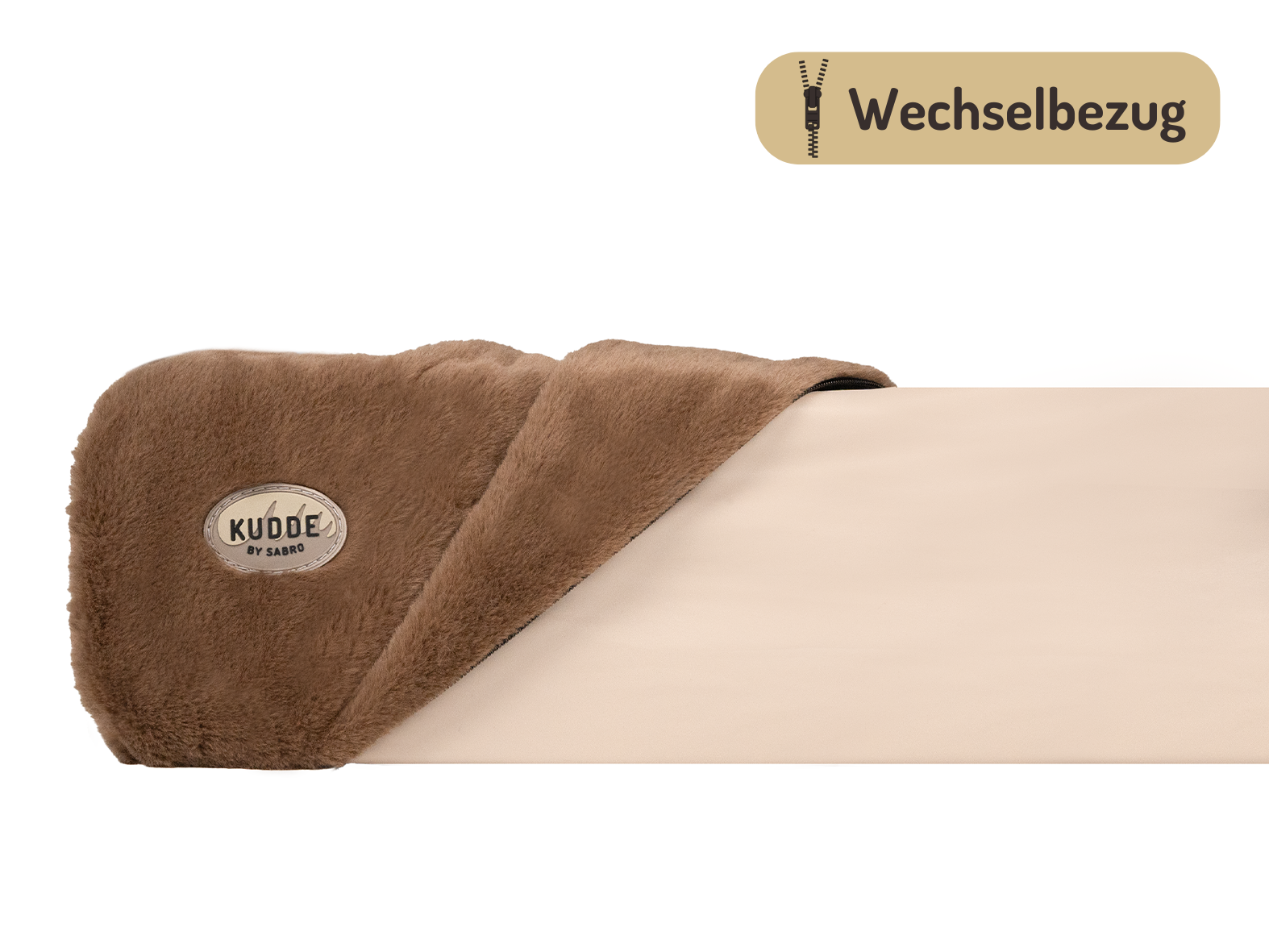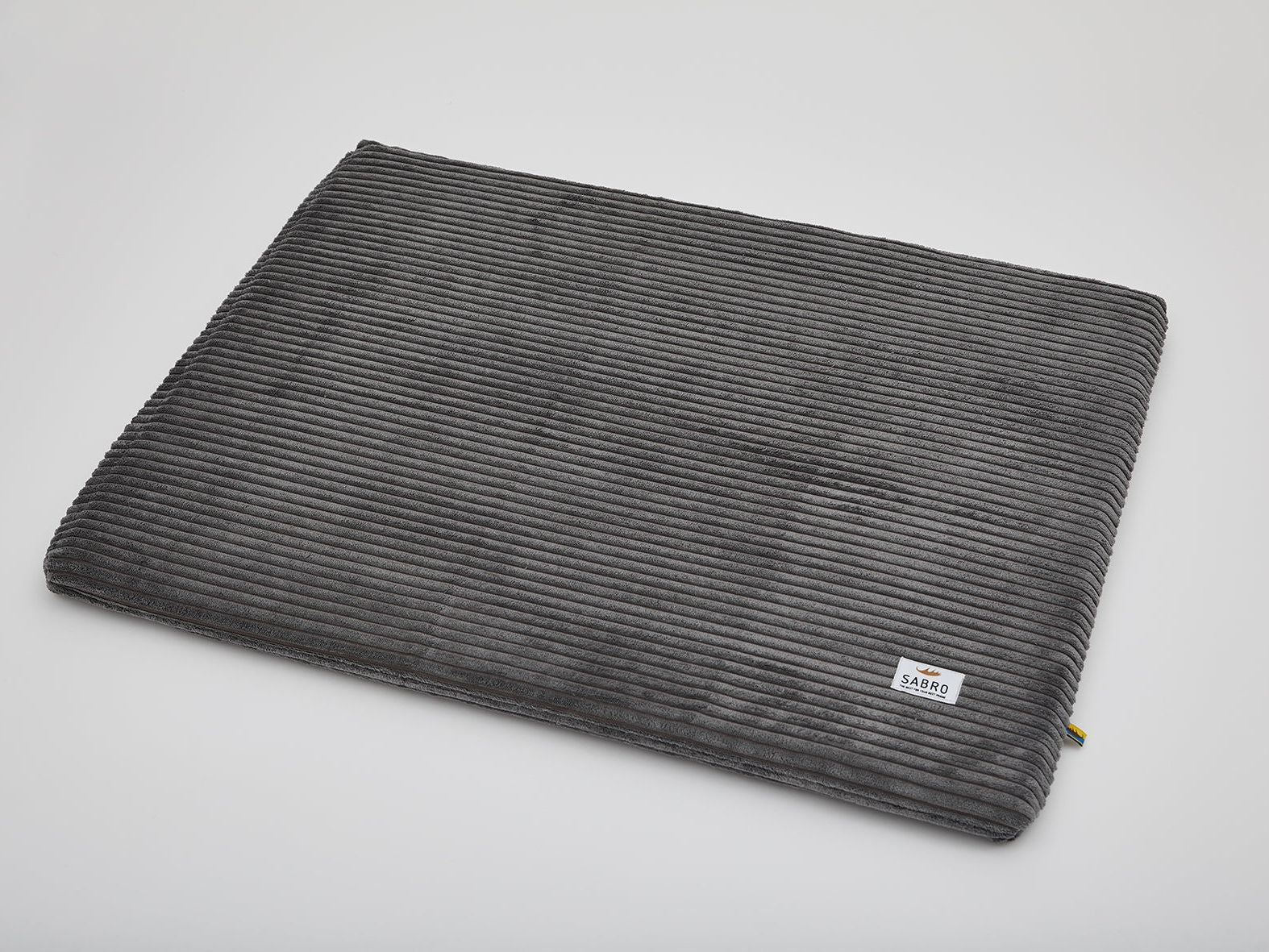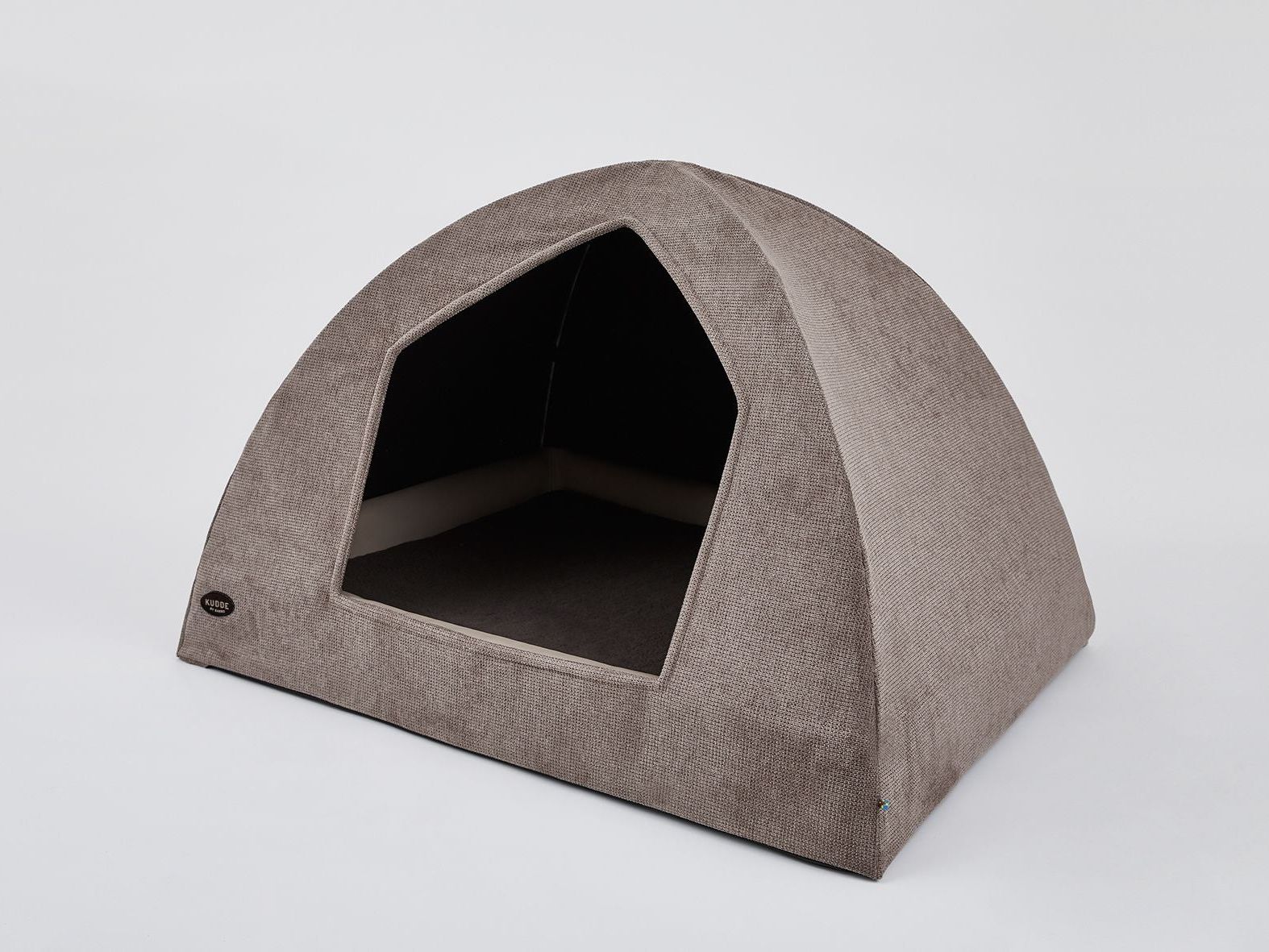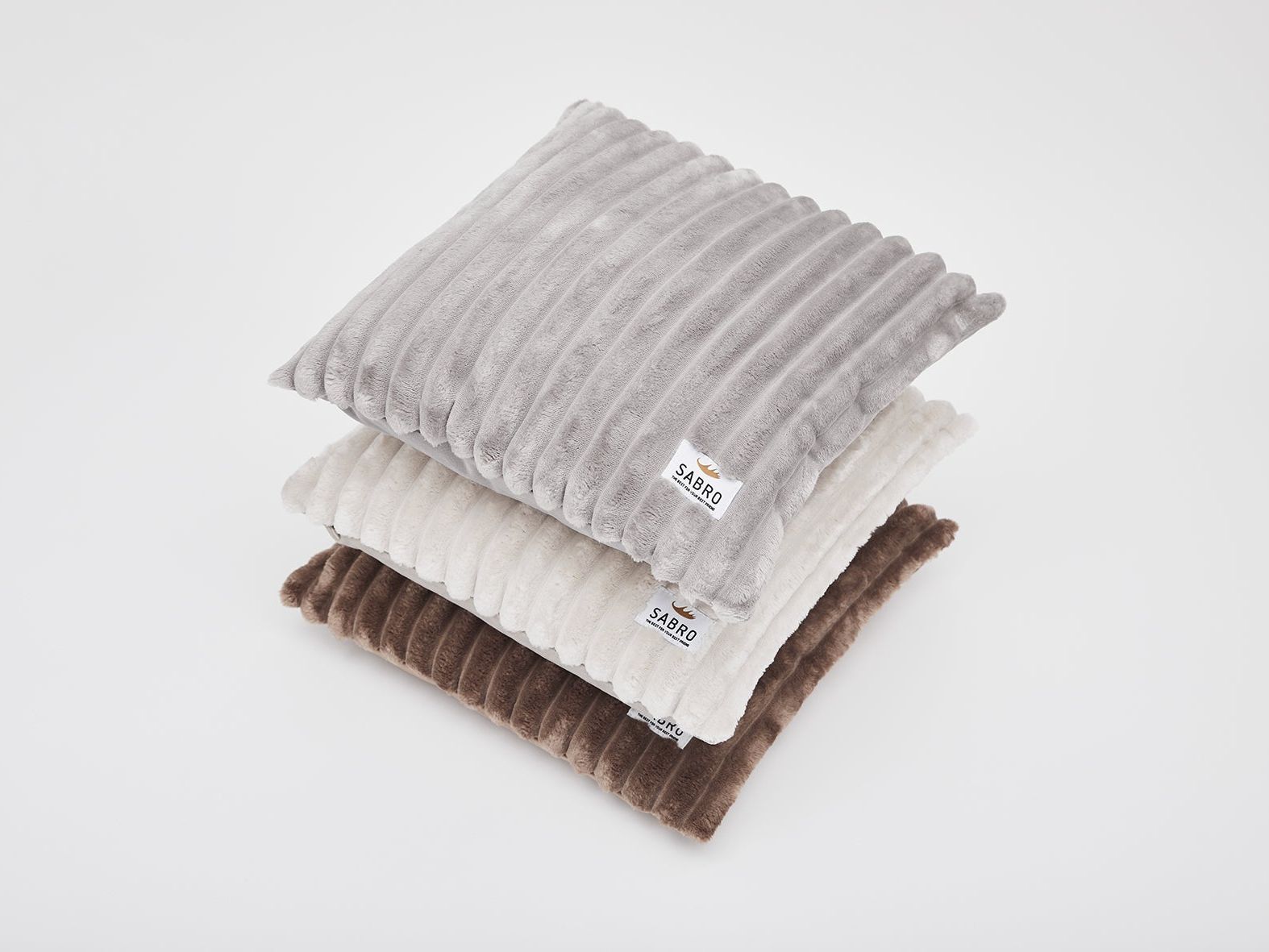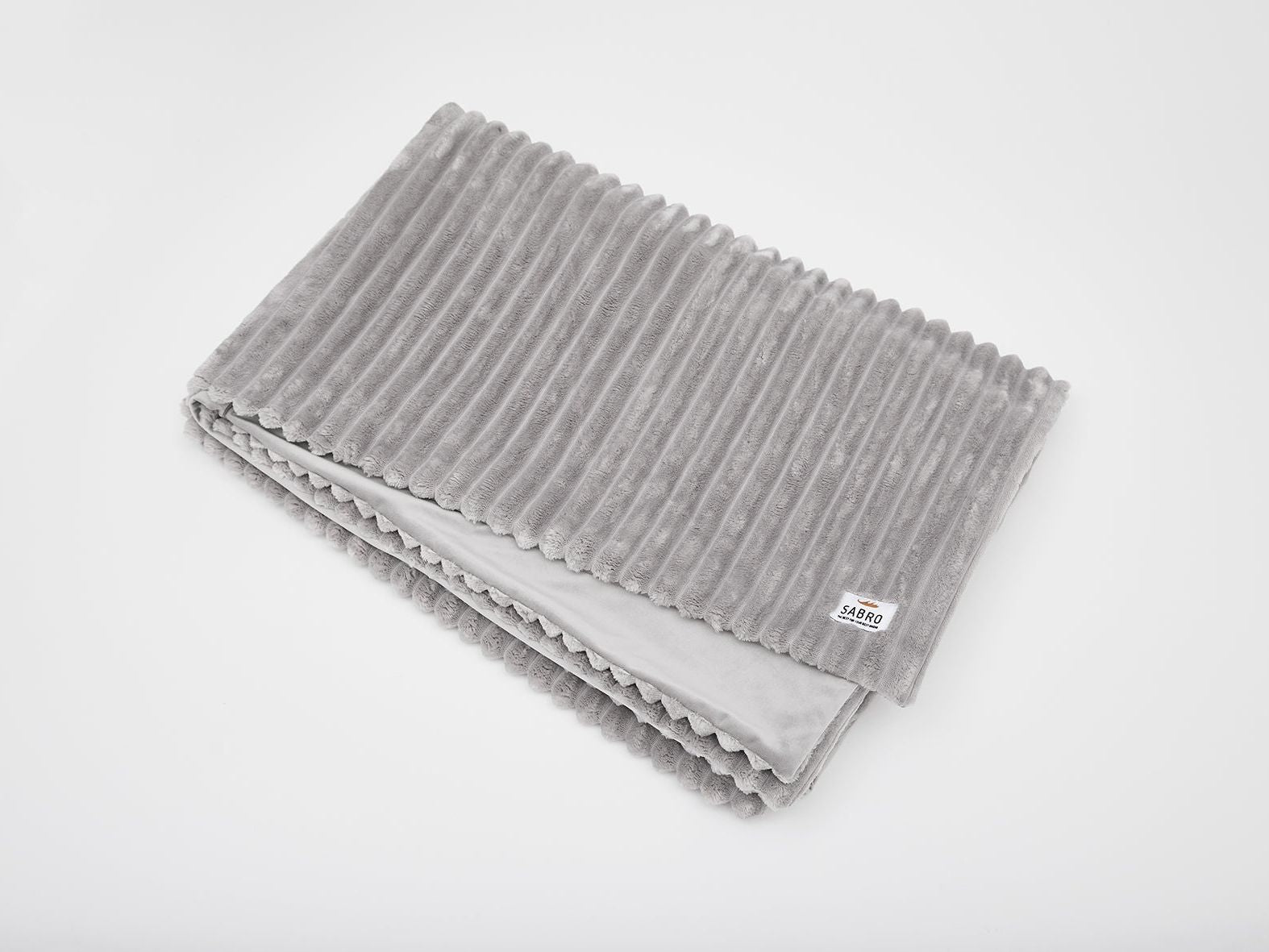What changes, which diseases can occur and tips on nutrition for senior dogs.
One day the time comes: your dog, who used to fetch happily and chase after every ball, becomes a little more sluggish, with larger dogs generally ageing sooner than smaller ones. Ageing is not a disease, it's just a stage of life. And you can also support your four-legged friend in many areas during this phase. We'll tell you how to tell the difference between signs of ageing and age-related illnesses, what you should change in your senior dog's diet and how you can support your ageing dog.
At SABRO, we have deliberately included many dogs over the age of ten in our dog pack. Senior dogs in particular have always been very close to our hearts. That is why we have also given priority to supporting dogs of an advanced age in animal welfare. Many of our products were developed from this experience with old dogs, tailored precisely to senior dogs and then tested and constantly optimized by our own senior dogs.
How to recognize that your dog is ageing
Just like the gray hair in human seniors, dogs also tend to have gray or white fur, often around the muzzle. Overall, the coat loses its shine, the eyes appear somewhat dull and, especially in active dogs, you get the feeling that the muscular body is a thing of the past. In addition, there are gradually noticeable changes in the behavior of an aging dog, as can also be observed in us humans: some things take noticeably longer than before and the activity and stamina decrease, which manifests itself in a slower gait. A dog's already high need for sleep increases again in old age, and an old dog also prefers to lie nice and warm. Your dog may react stubbornly as soon as you try to change his daily routine. He simply doesn't like change as much as he used to. The following applies to all these behavioral changes: take them calmly and don't try to force them out of your dog. If he doesn't want to do something, that's okay. And if he no longer happily greets other dogs in the park to play together, then just accept it.
What you need to know about diseases in older dogs
If you notice that the above-mentioned behavioral changes occur very quickly, you should have your dog examined by a vet to rule out any illnesses. For example, if you call your dog but he doesn't respond at all, this is not necessarily due to his newfound stubbornness. It could also be a harbinger of deafness or an ear condition. The slowness to get up after lying down is not necessarily due to old age. It could be the onset of osteoarthritis. If your dog is leaking urine from time to time, it could be the start of dementia. In all cases, nobody knows your dog as well as you do. Therefore, observe him closely and weigh up whether his behavior is a cause for concern. Nevertheless, it is better to see a doctor more often than not enough. Many illnesses can be better managed if they are detected early.
Pro tip: Have your dog's blood tested once a year, even if there is no cause for concern. Better safe than sorry.
Which diseases are typical for old dogs?
- Arthrosis or arthritis is very pronounced in senior dogs, as bones and joints are subject to greater wear and tear. Pay attention to whether your senior dog seems to suffer from pain when moving. In addition to veterinary care, you can help your dog find relief with orthopaedic dog beds and dog mats.
- Many old dogs suffer from kidney problems: if your dog eats significantly less than before and suffers from nausea, you should consult a vet. The disease cannot be cured, but can be controlled with medication.
-
Poorer vision and hearing are also a part of old age in dogs, and it is better to have incipient deafness and blindness or cataracts treated by a vet.
- A higher risk of infection is also in many cases an age-related phenomenon due to the weakening immune system. Make sure that your senior dog is not lying in a draught or exposed to extreme cold. Our IGLU dog cave is a good addition to the KUDDE dog bed, as it protects your dog perfectly from draughts.
- And then there is the problem of overweight among older people. More on this in the next paragraph.
How to feed your old dog a healthier diet
Another widespread disease of old age is obesity. Just like with us humans, this can have fatal consequences for the joints. That's why you should honestly admit it if your dog has too much on his ribs - even if you prefer to look at your dog through rose-tinted spectacles. And it is the symptom of the disease that you can get under control relatively easily in the early stages: by changing your dog's diet. It is important to feed a low-energy, low-absorbable food with a reduced calorie and fiber content. Also effective: a significant reduction in treats. No matter how cute he looks... ?
What you can do to help your dog in old age
Design your dog's bed to be age-appropriate: as already mentioned, your senior dog will spend even more time in his dog bed, and at the same time he needs more warmth and relief for his joints. For your old dog, pay particular attention to the filling of the dog bed, keyword orthopaedic dog bed. For example, if you are one of the many users of the KUDDE dog bed, you can switch from the Standard version (cold foam) to the more age-appropriate and supported Special version without your dog having to get used to a completely new dog bed. The Special version of the KUDDE reflects your ageing dog's body heat, adapts to its body shape and relieves pressure. This means you can make his sleeping area age-appropriate in several important ways with just one product.
Make the floors at home non-slip by laying out small runners with anti-slip protection on the back or other things that prevent your senior dog from slipping when walking or having other problems moving around. Alternatively, you can make it easier for your dog to move around on slippery floors with our TOFFLER fleece dog slippers.
Make it easier for large and heavy dogs to get around: if you live in a rented house or a house with lots of stairs, you should consider organizing a carrier. Make sure that it does not constrict your dog and is made of robust material; we recommend carriers made of neoprene. This will make it easier for your dog to climb up. The same applies to getting into the trunk: use a special dog ramp to make things easier for your senior dog. Especially when your dog becomes more sluggish, you can make it easier for him to get around.
How old is your dog? What experiences did you have when he started to age? And how did you react? We look forward to your tips in our comments.


